 After having just returned from the Kitchi Blanket Exercise on June 2, on Parliament Hill and having been involved in “blanketing the city of Ottawa” that same morning, in 16 different locations, by presenting the Blanket Exercise, we KAIROS facilitators asked ourselves:
After having just returned from the Kitchi Blanket Exercise on June 2, on Parliament Hill and having been involved in “blanketing the city of Ottawa” that same morning, in 16 different locations, by presenting the Blanket Exercise, we KAIROS facilitators asked ourselves:
“WHAT are we really celebrating this July 1st?”
I guess it depends on the lens through which one views the birth of Canada. If we celebrate the British North America Act of 1867, through Indigenous eyes, we are celebrating the resiliency and firm commitment of the Inuit, Metis and First Nations Peoples in Canada, to seek Truth in order to find Reconciliation, as they rightfully strive to have jurisdiction over their lands ….lands which they occupied long before the settlers arrived.
In light of the Truth & Reconciliation Commission findings and the 94 Recommendations, how can we NOT live in the reality of walking with each other as two nations, instead of one?
Reconciliation is in the Wind. Is THIS not what we need to be celebrating and toward which we MUST be moving? https://www.youtube.com/watch?v=bh2Ol48mSmE
The Blanket Exercise is one very effective Teaching Tool that is literally blanketing Canada at this time. It is a movement that is rapidly expanding, sweeping across this land uncovering the TRUTH of our birth. One participant, Heenal Rajani, of the Blanket Exercise expressed his experience of it on April 9, 2001 when he first encountered the harsh truth of our history for the first time. Heenal expressed it in this rap, which is a 6 minute overview of the Blanket Exercise.
https://soundcloud.com/heenal-rajani/kairos-blanket-exercise-poem
After you have heard this rap and read this blog, you are invited to answer the question, Just WHAT ARE we really celebrating? What do you and I WANT to celebrate in order to bring about Reconciliation?
Kathleen Lichti, CSJ



